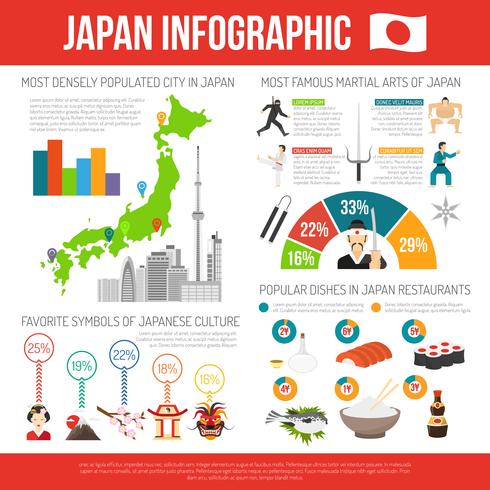The Growth And Historic Context Of Martial Arts Worldwide
The Growth And Historic Context Of Martial Arts Worldwide
Blog Article
Article Created By-Winkler Matthews
Martial arts have a fascinating background that extends centuries and continents. martial arts for disabled adults may find it appealing just how ancient techniques like Shuai Jiao and Kalaripayattu laid the groundwork for modern battle strategies. These self-controls not only highlight physical skills but additionally show the societies that birthed them. As you discover their development, consider exactly how globalization has transformed these standard kinds into hybrid styles. What influences do you believe have formed today's martial arts landscape?
Ancient Martial arts: The Structures of Fight
As you explore the world of old martial arts, you'll discover the abundant foundations that formed fight techniques across cultures. Early techniques concentrated on Self-Defense and survival, commonly incorporating strikes, hurting, and weaponry.
In old China, for instance, strategies like Shuai Jiao highlighted throws and joint locks, while India's Kalaripayattu showcased dexterity and fluid movement. Japanese samurai established Kenjutsu, a refined swordsmanship that highlighted discipline and technique.
These martial arts served not just for fight however additionally as a way of personal growth, instilling worths like regard and willpower. The blending of these methods in time prepared for the diverse martial arts you see today, each mirroring the one-of-a-kind philosophies and requirements of its society.
The Cultural Influence on Martial Arts Advancement
While martial arts often show the useful needs of a society, they additionally personify the social values and ideas of their beginnings. When you check out different martial arts, you'll observe exactly how they're affected by religious beliefs, ideology, and social norms.
For instance, the focus on respect and self-control in Japanese martial arts comes from Zen Buddhism and samurai society. In reyes kajukenbo , Brazilian Jiu-Jitsu advertises adaptability and technique, shaped by the need for effectiveness in a varied, modern atmosphere.
You may locate that the rituals, uniforms, and training approaches reflect a community's history and identity. By understanding these cultural impacts, you grow your gratitude of martial arts and their duty in shaping human experiences around the world.
Modern Adaptations and the Globalization of Martial arts
Martial arts have actually transformed significantly in current years, adapting to modern society and international impacts. You'll see that typical types have blended with contemporary methods, producing hybrid styles like mixed martial arts. These adjustments deal with varied audiences, making martial arts available and appealing globally.
With the increase of social media and electronic platforms, you can find tutorials and competitors from all edges of the world, breaking geographical barriers. This globalization has actually brought about a common admiration for numerous self-controls, from Brazilian Jiu-Jitsu to Taekwondo.
As you involve with these arts, you'll realize they're not practically combat; they advertise fitness, technique, and mental well-being.
Ultimately, modern-day adjustments have enhanced the martial arts landscape, making it a vibrant and progressing practice.
Final thought
In exploring the background and evolution of martial arts, you uncover a fascinating blend of techniques, societies, and viewpoints. From ancient disciplines like Shuai Jiao and Kalaripayattu to the modern adaptability seen in mixed martial arts, martial arts mirror humankind's pursuit for Self-Defense and individual development. As you involve with these techniques, you not only gain skills but additionally a much deeper appreciation for the varied traditions that form our globe today. So, continue your trip and welcome the art of combat!
